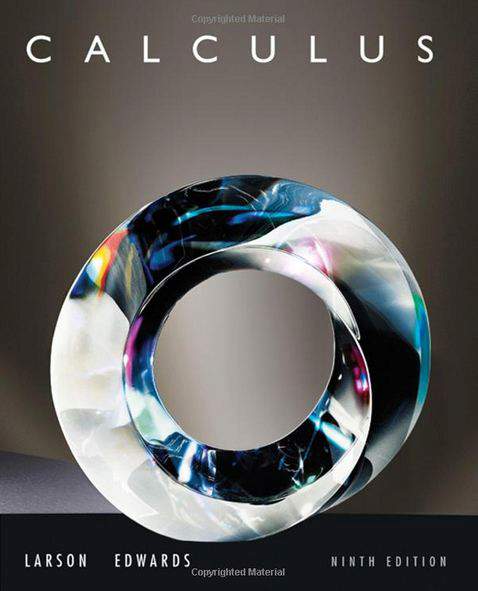Connecting...

This is a quick preview of the lesson. For full access, please Log In or Sign up.
For more information, please see full course syllabus of College Calculus: Level II
For more information, please see full course syllabus of College Calculus: Level II
College Calculus: Level II Integration Tables
Lecture Description
In this lesson we are going to talk about how to use integration tables to solve integrals. Integration tables can be find inside the back cover of your calculus book or on the internet. We are going to learn to use these tables. The key thing is that we want the pattern in the integral we are given to match the pattern in the integration table exactly. Often that means that we have to do a little bit of work with the integral that we are given to get it into a form that matches the integration table. We are going to see some examples where you can practice doing that work.
Bookmark & Share
Embed
Share this knowledge with your friends!
Copy & Paste this embed code into your website’s HTML
Please ensure that your website editor is in text mode when you paste the code.(In Wordpress, the mode button is on the top right corner.)
×
Since this lesson is not free, only the preview will appear on your website.
- - Allow users to view the embedded video in full-size.
Next Lecture
Previous Lecture










































 Answer Engine
Answer Engine





1 answer
Mon Mar 9, 2015 9:46 PM
Post by Amanda so on March 7, 2015
Hi Professor, Im stuck on my homework integration problem, wondering if you can help me find out what I'm doing wrong:
The problem is:
integral sec^3(5piex) dx
I chose entry 71:1/2 sec(u)tan(u)+1/2ln|secu+tanu|+C
The result I get is
1/2pie sec(5piex)tan(piex)+1/2pieln|sec(5piex)+tan(5piex)+C.
1 answer
Thu Apr 18, 2013 12:28 PM
Post by Shehan Gunasekara on May 16, 2012
Couldnt see what the integration tables look like???!!!!!!!!!!!!!!!!!!!!!!!